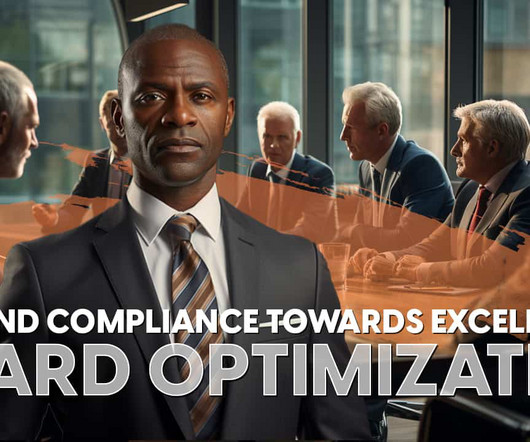Chief Procurement Officer Search: Securing Your Supply Chain Leadership
N2Growth Blog
NOVEMBER 8, 2023
A strategic-minded CPO deeply understands market trends, supplier dynamics, and emerging technologies. This involves collaborating with internal stakeholders, such as senior executives and department heads, to gain a deep understanding of the organization’s unique needs and long-term goals.





















Let's personalize your content